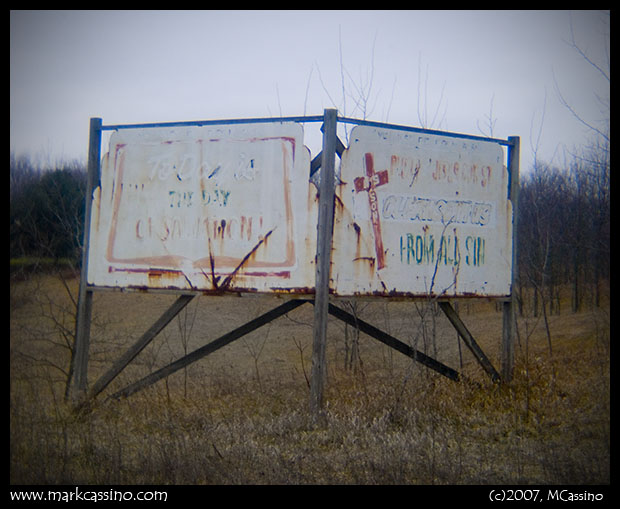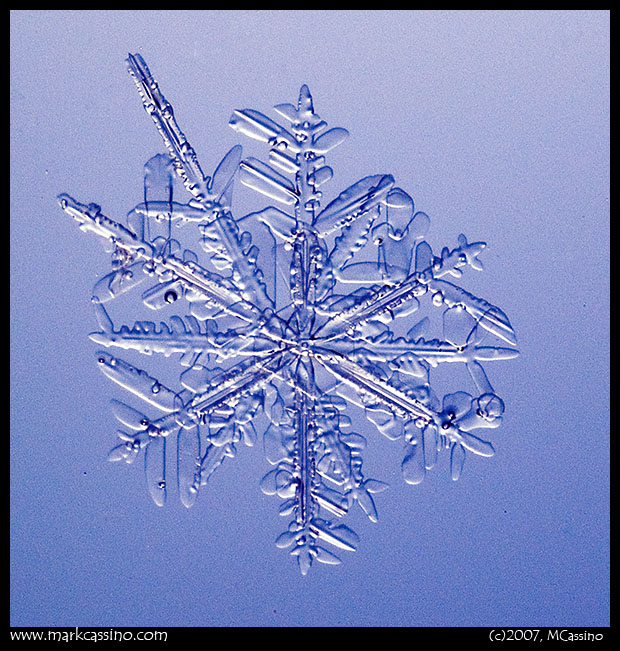A few years ago I uncovered a Holga 120 camera from my father’s photo collection, and I’ve been a devoted user of it ever since. The sheer simplicity – no real aperture settings and one fixed shutter speed – makes it a compelling camera. You can forget all about all that technical stuff while you are out shooting, and then try to compensate in the development and printing stages.
These days I’m in a heavy digital camera mode – and as I was playing around with a new digital SLR last week, and started to wonder if it would be possible to fit the lens from a Holga onto the DSLR.
The Holga lens popped right off the body, with just a quick twist. At that point it was just a question of figuring out how to mount it on the camera body.
The first attempt was to put the Holga lens on an extension ring. I wasn’t sure how far the lens should be from the sensor to achieve optimum focus, so I taped the lens to the smallest extension ring available – a 12mm ring – and gave that a try.  Unfortunately, that was way too much extension – and while it would be good for close ups, it would not work out for general shooting.
Unfortunately, that was way too much extension – and while it would be good for close ups, it would not work out for general shooting.
So, onto plan B – chop a hole into the center of a body cap and mount the lens onto that. The back of the lens assembly (which includes the aperture) actually extends just a bit into the body cavity.
Here was a setup that worked – after testing it out with the lens taped in place, I glued in onto the body cap with superglue, and then waited a few days to take it for a spin (didn’t want those super glue vapors settling onto the digital camera sensor.)
This setup worked out great. The lens seems to be close to it’s optimum distance from the sensor, and object that are more than 10 or 12 feet away come into focus – if you can cal it that – quite well.

The effect of the lens is interesting – not as interesting as a real Holga, but fun still.
With a real Holga there is a ‘sweet spot’ near the center of the frame that is relatively sharp. Along the periphery of the image, the lens introduces significant distortions. A real Holga also has had significant vignetting – especially if you remove the film insert.
With the DSLR, the sweet spot fills most of the sensor area, so you lose the great distortions that would appear along the edge of a 120mm exposure. You also lose the great vignetting that a real Holga produces.
In addition, the 60mm lens is a moderate telephoto on an APS sensor DSLR. IN 35mm terms, a 60mm lens on small sensor DSLR is the equivalent of a 90mm lens. The same lens, on a medium format camera, is the equivalent of a 30mm on a 35mm camera.
Well – what are obstacles but things to get around. The lens distortion is there, and the digital sensor seems to accentuate color distortion, chromatic aberration, and flare even more than film – so there’s a fair trade off. Vignetting can be crafted post exposure in Photoshop. A while a wide angle might be more interesting than a telephoto, it’s just a function of seeing and composing a little differently.
At the end of the day – I like the results of the Holga lens on the DSLR body. Whenever the sun comes back, I’m looking forward to trying some digital infrared shots using the Holga lens. I ‘test drove’ the Holgified DSLR yesterday and today. Yesterday I hit the lake Michigan shore line and the lighthouse at South Haven, along with the Allegan forest. Today I wandered around the hinterlands, stopping off at a remote country cememtery and also snapping a fading evangelical billboard.
The cemetary was a weird place, since there were lots of small American flags lying in the dirt all around the headstones. At first I thought that it was vandalism - but then I saw so many flags dangling from their sticks by just a few threads. You’d think that people would show a little more respect for their country, and have the foresight and sense of responsibility to take down their flags when they are ratty and falling apart.
































 Unfortunately, that was way too much extension – and while it would be good for close ups, it would not work out for general shooting.
Unfortunately, that was way too much extension – and while it would be good for close ups, it would not work out for general shooting.














